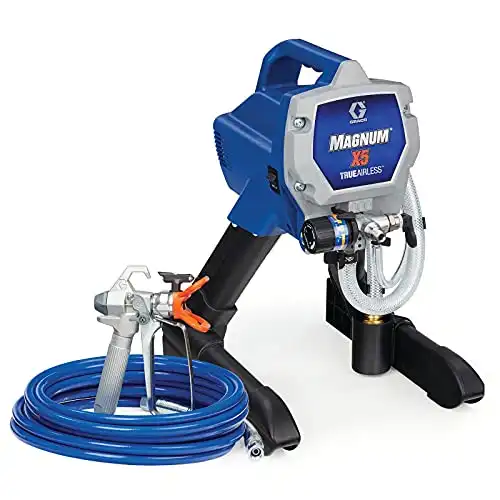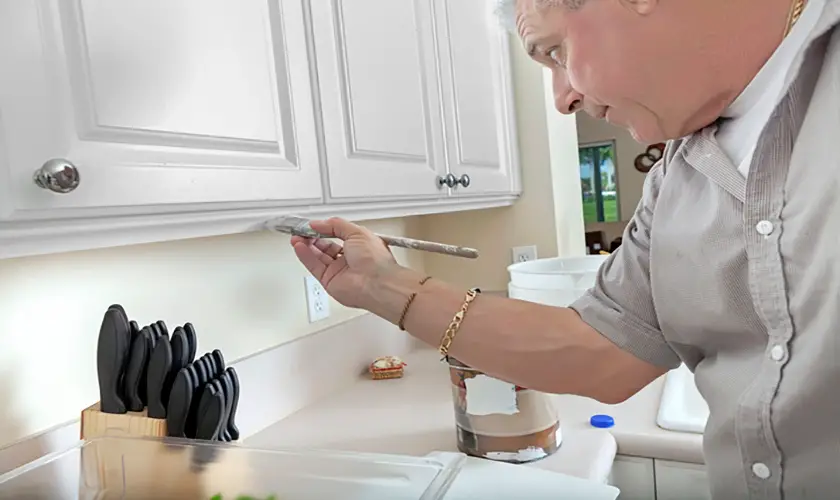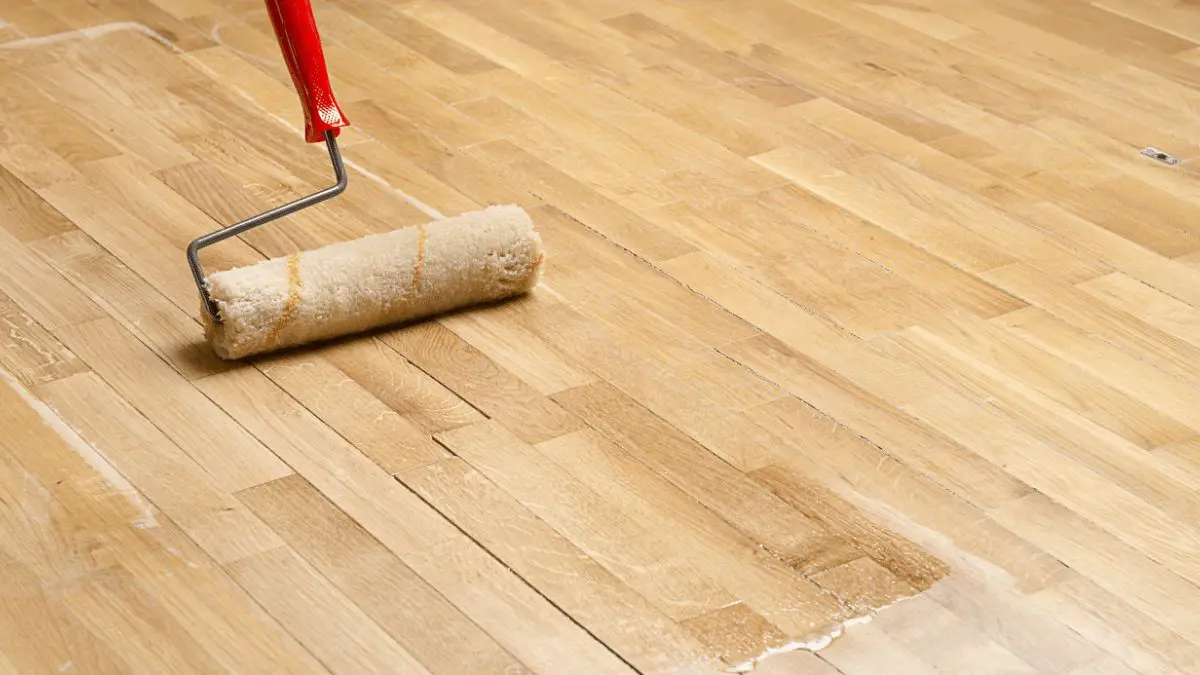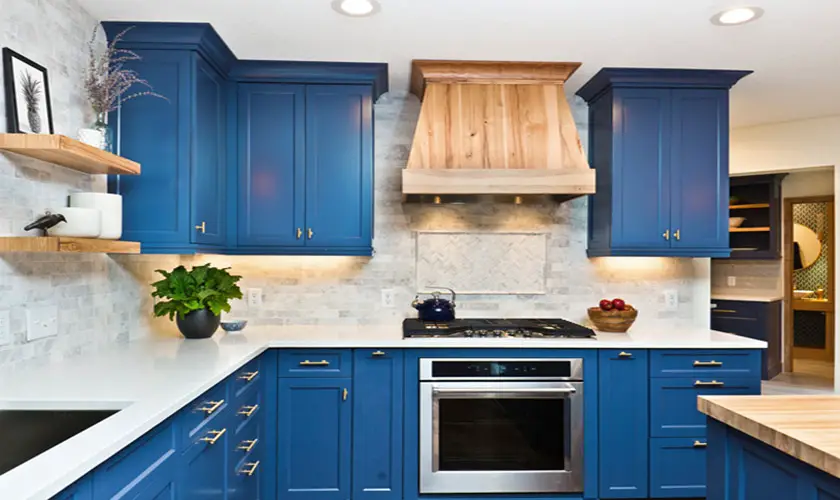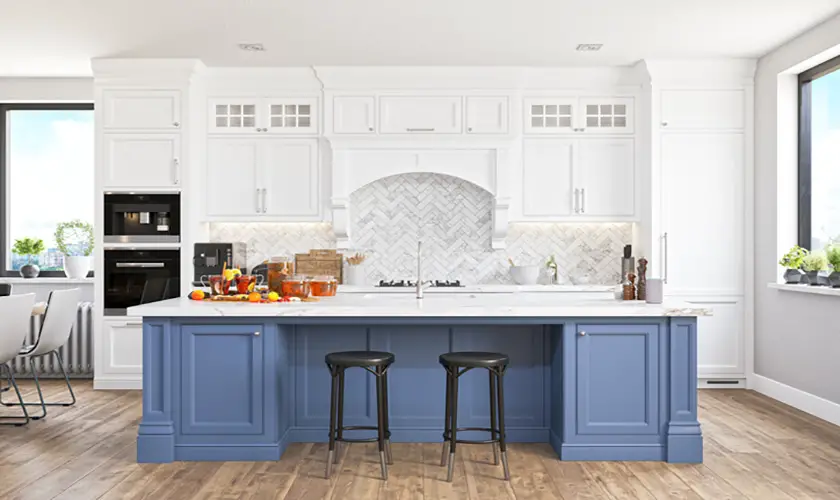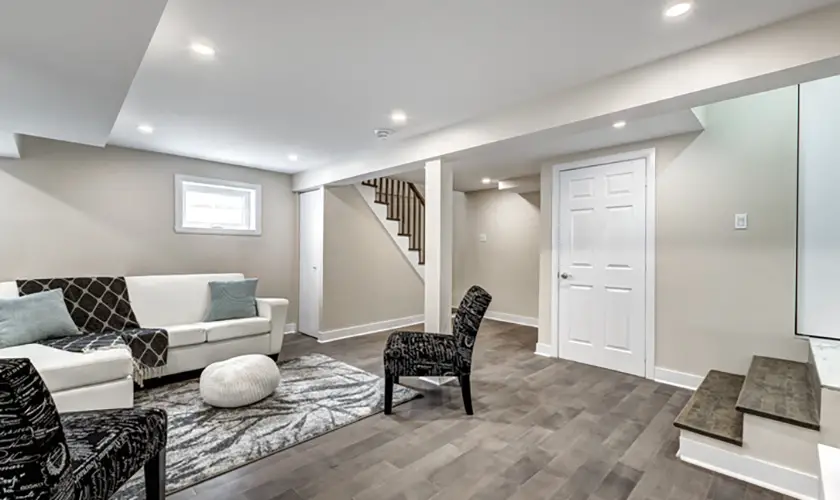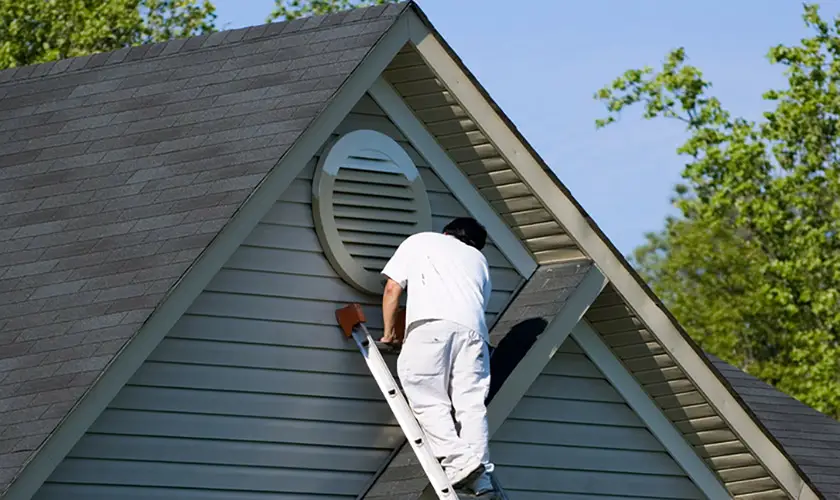
Exterior paint is one of the best ways to protect your home from the elements. When it comes time to paint your home’s exterior surface, you may wonder does exterior paint need primer first.
Primer is always a good idea if you’re painting a new surface, the existing paint is peeling, chipping, or cracking, or if you need extra color coverage. Using self-priming paint can save time and money for a painted surface in good condition.
Why Does Exterior Paint Need Primer?
A primer coat for exterior paint is important for surface adhesion. It helps create a strong bond between the old and new coats of paint, so it’s essential for any exterior painting project. Primers also provide an even surface for your topcoat and help prevent peeling or cracking paint.
If you’re painting the exterior of your home, you’ve probably already heard of primer. But did you know that picking the right primer is one of the most critical steps in a successful painting job? The right primer helps your paint last longer and look better. Let’s learn more about why primers are so important.
The Basics of Primer
Primer is a special type of paint specifically meant for prepping surfaces before paint is applied. It provides an even surface for the paint to adhere to and prevents common issues such as bubbling, cracking, or peeling. It also prevents staining from bleeding through from the original surface.
Primers come in different forms depending on what surface you’ll use them on. If you’re painting wood siding or trim, use an oil-based primer. If using an oil-based primer, you’ll also need oil-based paint. However, you can use water-based latex primer and paint on exterior wood surfaces. Some states have a ban on the sale of certain oil-based paints.
For drywall or masonry surfaces, use a latex-based primer instead. Primer acts as a waterproof in masonry surfaces. Using a primer on masonry surfaces first prevents wasting expensive top-coat paints.
Benefits of Exterior Primer
It’s vital to use exterior primers when painting outdoors because it has additives that protect against mildew and UV damage caused by long-term exposure to direct sunlight. They can also act as moisture sealants that help protect your exterior walls against water damage due to rain or snow.
They form a tight bond with any surface material. Exterior primers prevent weathering due to temperature changes and fluctuations in humidity levels throughout the seasons.
As a homeowner looking to upgrade their property with new paint, investing in a quality primer is essential for any exterior painting project’s success, making this step invaluable when properly preparing for a new coat of paint!
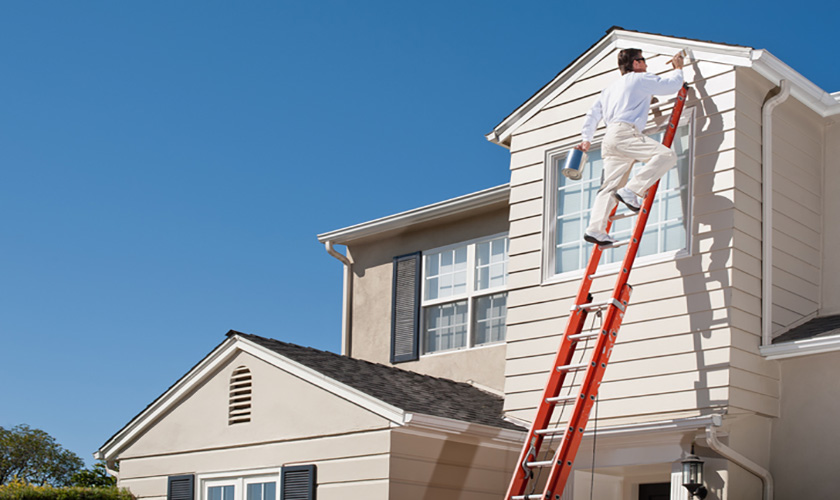
When Does Exterior Paint Need Primer?
You should use primer when you paint an unpainted surface, including wood, concrete, masonry, and metal. You’ll also need a primer if you paint over bare wood, concrete, masonry, or stucco. Primer is also essential if the current paint job is in poor condition.
If you’re unsure whether you need primer, consult a professional painter for advice. They can help you decide the best approach for your home. With their help, you can ensure that your exterior looks great and lasts for years.
Painting Bare Surfaces
Applying primer to unpainted surfaces is important if you want an even paint job. This is because newly painted surfaces often have pores or many imperfections that can cause the new paint not to stick or go on evenly.
By coating the surface in primer beforehand, there will be a smooth layer for the fresh paint (and it will adhere better). Primer will also help fill in any cracks or holes in the surface.
After Removing Old Paint
If you want your paint job to look its best, scrape off any loose paint before adding a new coat. New paint sticks better and prevents it from peeling too soon.
If your home exterior has lead paint, remove peeling paint and seal with an exterior primer coat before applying a fresh coat of new paint.
Removing the old paint will leave you with a partially raw wood surface, so applying a prime coat before painting is advisable. The primer will create a protective barrier between the new paint and any potential stains or defects from the underlying surface.
To Improve Color Coverage
A primer makes your paint job last longer, but you can also use it for purely aesthetic purposes. For example, if you want to cover up a dark color with a lighter paint color, a tinted primer (the same color as your new paint) will make achieving an even top coat much easier.
The old, darker paint won’t bleed through the primer layer, allowing for a truer color with only two finish coats, saving time and money.
When Priming May Not Be Necessary
Some people think primer is unimportant and a waste of time, making exterior painting projects take longer and cost more money. In some cases, there is some validity to this logic. Here are some exceptions when you might be able to bypass priming altogether.
Note, if bypassing a primer base coat, we recommend using a self-priming exterior paint.
The Existing Paint Coat is Still in Good Condition
There are certain things to consider when painting over old exterior paint. If you have an old coat of paint on your exterior that isn’t peeling, you don’t necessarily need to remove it or use a primer. The old layer will act as a secure base for the new paint job.
Thoroughly clean the exterior surface with a pressure washer and allow the surface to dry before applying new paint.
After cleaning, you may need to lightly sand glossy surfaces like wood trim or fascia for better paint adhesion.
Painting With the Same Color
Primer isn’t necessary if you paint over a surface with the same new color. The old paint will adhere to itself and provide a secure base for your new coat. This is especially true if you paint metal surfaces since they already have a protective layer that prevents corrosion.
Use a Paint-Primer Combo
Although many paint manufacturers offer a primer-paint combination, not all are good quality. These products provide added protection, improved coverage, and better adherence than standard paints without a bonding primer.
Choose high-quality paints with primer products from a brand and product you can trust, like PPG, Sherwin-Williams, or Benjamin Moore. If you choose a cheap paint product, the results might not last as long as you want.
While these paint products can be an excellent option for many projects, it is important to double-check the label before purchasing. Some may not hold up against extreme weather conditions, so try to find one rated explicitly for exterior use.
Additionally, while they may provide better coverage in one or two coats of standard paint and primer combination, applying a second coat of paint is still the best practice for optimal protection and quality paint job. A quality primer before painting will help ensure a long-lasting and professional-looking finish.
For those with DIY skills, paint sprayers are a great way to paint large surfaces fast with the best results. We like the Graco Magnum Airless Paint Sprayer for a professional finish.
Exterior Paint and Primer FAQs
When determining does exterior paint need primer, you may have some additional questions.
Can I use white paint instead of primer?
Using white paint instead of primer can be tempting for any home painting project on a budget. However, white paint won’t provide the same surface protection as a primer, leaving you with less reliable results. While white paint may cost less than primers, it’s worth investing in the proper supplies to give you more reliable results and help your painting project last longer.
What happens if you don’t use a primer before painting?
You’re taking a big risk if you skip the exterior primer step when painting. Without primer, your exterior paint may not properly adhere to the surface, leading to bubbling, peeling, and chipping your exterior paint job. Using exterior primer allows you to use fewer coats of paint, saving you time and money while giving you a professional finish.
Can I paint over paint without primer?
Painting over existing paint without primer is possible if the surface is clean, the paint is in good condition, and it is similar in color. Primers improve adhesion so your new paint job won’t flake off or chip away. The existing paint should be free of dirt and damage to give the new paint good surface adhesion.
Is two coats of exterior paint necessary?
Yes, we always recommend applying two coats of exterior paint. While some paints advertise “one coat coverage,” it’s still best practice to use at least two coats when painting a large area like the exterior of your house. Applying multiple coats ensures full and even coverage and provides an extra layer of protection against the elements.
Is primer more important than paint?
Primer and paint work together to give your home the best-looking, most durable finish. Primer serves as a base coat that will improve adhesion and provide protection against stains, moisture, and corrosion of surfaces. Paint provides the color and decorative finish, and primer ensures that it lasts as long as possible.
Our Takeaway
So, does exterior paint need primer? The answer is a resounding yes! Primer provides a smooth surface and better surface adhesion, which helps the finished coat of paint look great and last longer.
However, if you’re painting over an existing color in good condition (no peeling, chipping, or cracking paint), you can save time and money by applying two coats of a paint-primer combo.


